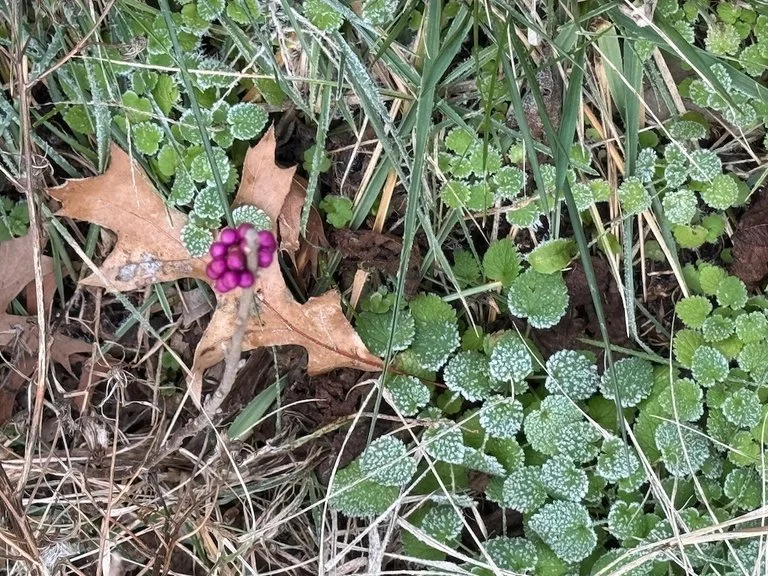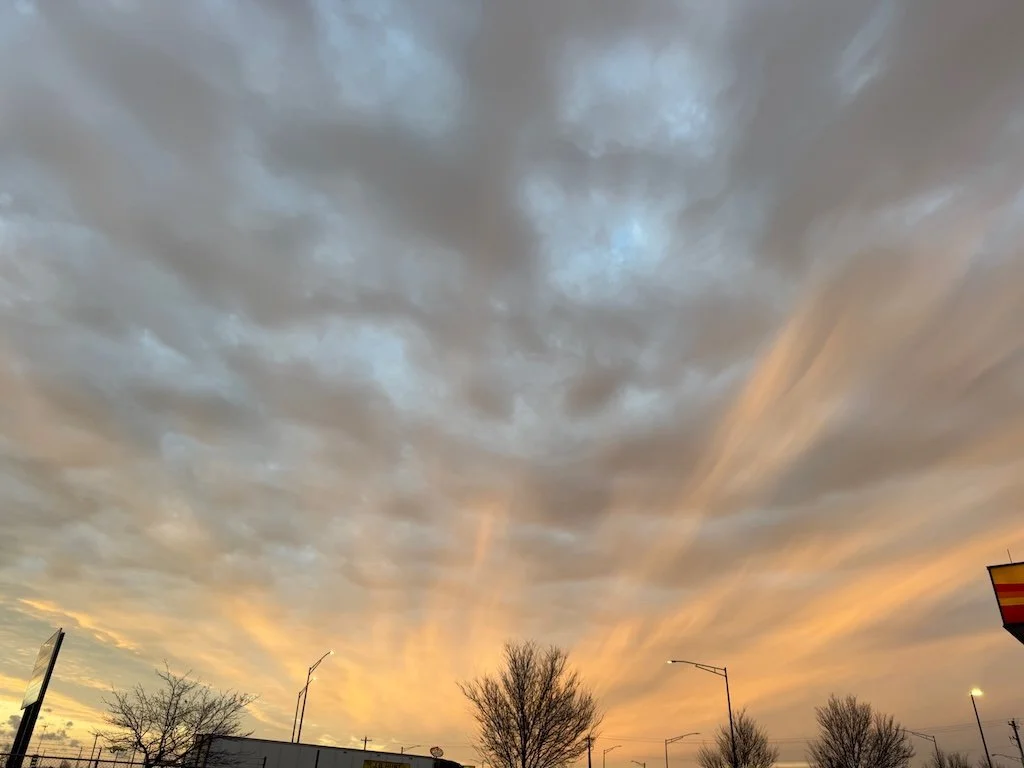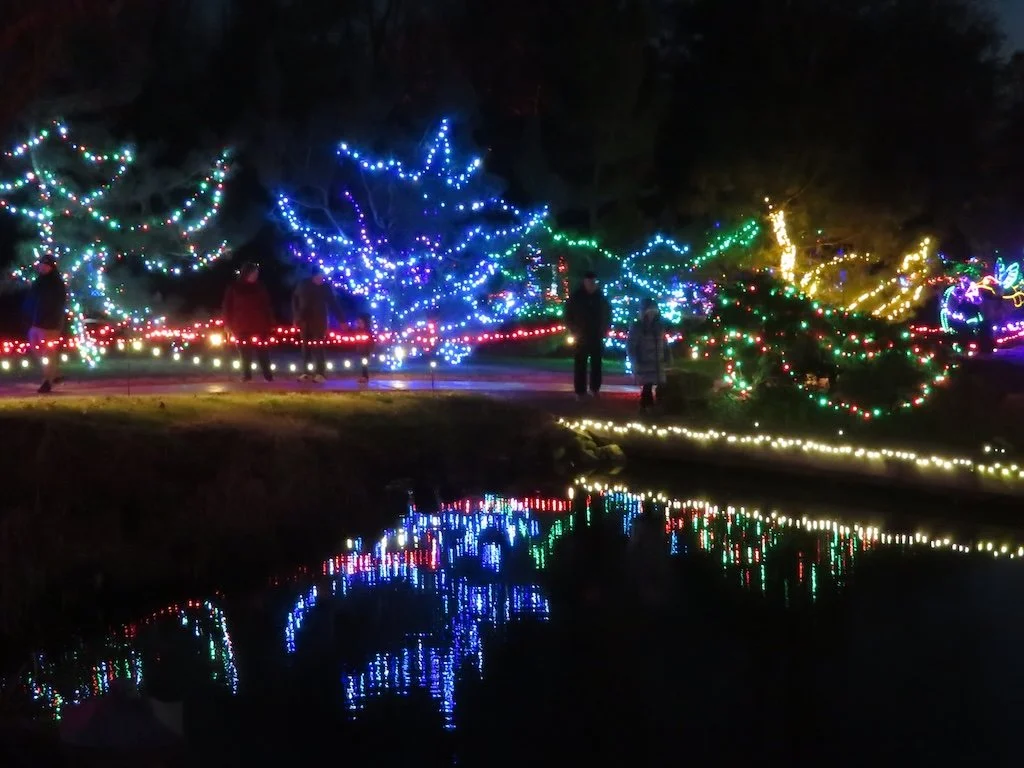Gleanings of the Week Ending August 31, 2019
/The items below were ‘the cream’ of the articles and websites I found this past week. Click on the light green text to look at the article.
Top 25 Wild Bird Photographs of the Week: August and Sunbirds and Spiderhunters - Two sets of bird pictures this week…catching up a little on the gleanings…and good picutres to start out the post this week.
Rare Lightning Strikes Detected 300 Miles from North Pole | Smart News | Smithsonian – I’d never thought about lightning or thunderstorms over the arctic….so this was ‘news to me’ from several perspectives.
Impact of largescale tree death on carbon storage -- ScienceDaily – In our area, invasive insects have caused the deaths of two tree species in recent years: Eastern Hemlock (wooly adelgid) and Ash (Emerald Ash Borer)…die-offs that are definitely not the norm. I wondered if the research included these in their ‘insect outbreak’ category.
The practical ways to reduce your carbon footprint (that actually work) | WIRED UK – How many of these have you considered…implemented?
Here's How the 'Fish Tube' Works | Smart News | Smithsonian – And it doesn’t injure the fish? It seems like it would be very traumatic for the fish.
Tracing the History of Decorative Art, a Genre Where "Form Meets Function" – Short…with some good pictures…and links.
Microplastic drifting down with the snow: In the Alps and the Arctic, experts confirm the presence of plastic in snow -- ScienceDaily – Aargh! Something we have in our minds as being ‘clean’ because it is white, is polluted by things so tiny we can’t see them.
Insect 'apocalypse' in U.S. driven by 50x increase in toxic pesticides – Why are we still using such huge amounts of pesticides when we don’t need to….we have methods to grow our food without decimating pollinators and other beneficial insects.
BBC - Future - The wildlife haven in a Cold War ‘death strip’ – The land between what used to be East and West Germany…the borderland between Finland and Russia….places where the Iron Curtain divided people. This is a long corridor of land left alone for the decades of rapid growth in Europe – land where people didn’t tread but where plants and animals could thrive. It is the European Green Belt through 24 countries. Some species are already using it to migrate north to escape the effects of global warming.
What drives inflammation in type 2 diabetes? Not glucose, says new research -- ScienceDaily – A surprise finding….and now a lot more research needed about fat derivatives and mitochondria in people with type 2 diabetes.
























